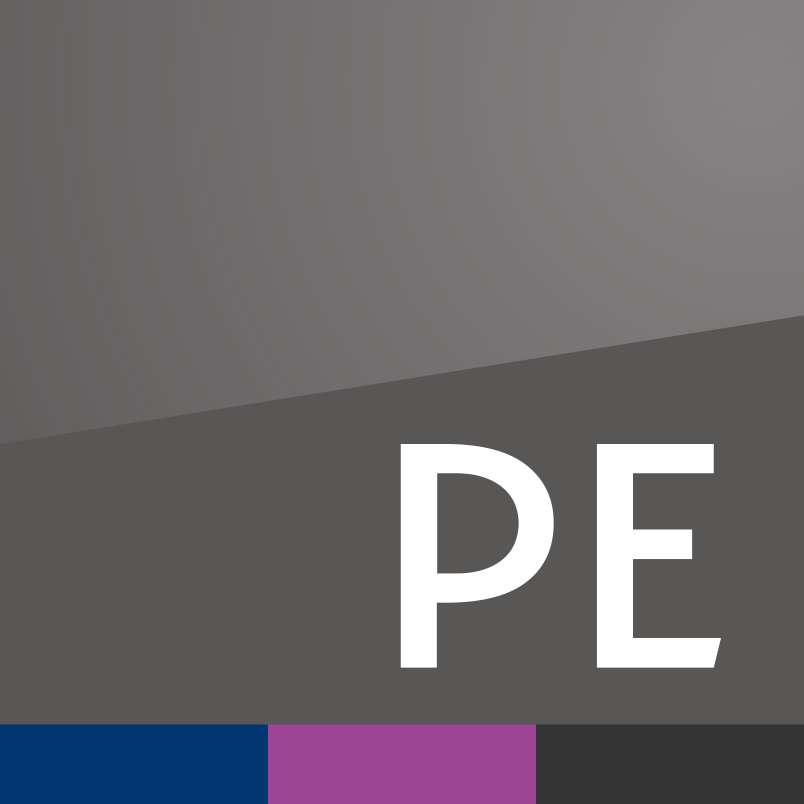Direct air capture must cut costs to succeed
Project developers believe dramatic reductions are possible, but only with global policy support
Direct air capture (DAC) of carbon dioxide will need to realise major cost reductions if it is to play a role in the energy transition. But the potential market is enormous, and increased tax credits could kickstart the industry in the US. The IEA’s Net Zero by 2050 scenario sees DAC removing 60mn t/yr of CO₂ by 2030 and 980mn t/yr by 2050. But in September, the agency reported there were just 18 operational plants with a combined capacity of 0.01mn t/yr. The IEA sees a pipeline of just 5.5mn t/yr of projects in advanced development, with a further 38.7mn t/yr in the early stages. The organisation still believes 60mn t/yr of capacity by 2030 is achievable but says this will require several a

Also in this section
22 July 2025
Sinopec hosts launch of global sharing platform as Beijing looks to draw on international investors and expertise
22 July 2025
Africa’s most populous nation puts cap-and-trade and voluntary markets at the centre of its emerging strategy to achieve net zero by 2060
17 July 2025
Oil and gas companies will face penalties if they fail to reach the EU’s binding CO₂ injection targets for 2030, but they could also risk building underused and unprofitable CCS infrastructure
9 July 2025
Latin American country plans a cap-and-trade system and supports the scale-up of CCS as it prepares to host COP30








